ASTM 316 / EN 1.4436 Key Features
1.Enhanced Corrosion Resistance: Contains molybdenum, which increases resistance to chloride and other corrosive environments.
2.High Strength: Offers a superior strength-to-weight ratio, maintaining structural integrity under high stress.
3.Excellent Weldability: Can be easily welded with most standard welding methods, ensuring seamless integration in complex assemblies.
4.Superior Durability: Withstands harsh environmental conditions, making it suitable for outdoor and marine applications.
5.Good Thermal Resistance: Maintains structural integrity at high temperatures, suitable for applications with elevated temperature conditions.
6.Chemical Stability: Resists attack from a wide range of chemicals, ensuring longevity in chemical processing environments.
7.Food Safety Compliance: Non-toxic and easy to clean, making it ideal for food processing and pharmaceutical applications.
8.Aesthetic Appeal: Possesses a natural, high-luster finish that is easy to maintain, suitable for architectural and consumer applications.
ASTM 316 Chemical Composition
The chemical composition of ASTM 316 / EN 1.4436 stainless steel is carefully balanced to enhance its corrosion resistance, mechanical properties, and fabricability. The key elements include:
- Carbon (C): Max 0.05%
- Manganese (Mn): Max 2.0%
- Silicon (Si): Max 1.0%
- Phosphorus (P): Max 0.045%
- Sulfur (S): Max 0.030%
- Chromium (Cr): 16.5 to 18.5%
- Molybdenum (Mo): 2.0 to 2.5%
- Nickel (Ni): 10.0 to 13.0%
- Nitrogen (N): Max 0.11%
- Iron (Fe): Balance
This composition ensures a robust structure with enhanced corrosion resistance, particularly to chlorides and acidic substances.
Comparison with Other Stainless Steel Grades
Compared to other stainless steel grades, ASTM 316 / EN 1.4436 has a unique chemical makeup that offers superior properties:
- 304/EN 1.4301: The most notable difference is the addition of molybdenum in 316/1.4436, absent in 304/1.4301. This gives 316 superior corrosion resistance, particularly in chloride environments, making it more suitable for marine and chemical applications.
- 316L/EN 1.4404: Similar to 316 but with a lower carbon content (max 0.03%). The reduced carbon level in 316L minimizes the risk of carbide precipitation during welding, enhancing corrosion resistance in welded constructions. However, 316/1.4436 maintains a slightly higher strength due to its carbon content.
- 317L/EN 1.4438: Contains higher levels of molybdenum (3.0 to 4.0%) and more chromium (18.0 to 20.0%) than 316, offering even greater resistance to chlorides and acidic media. This makes 317L more suitable for highly corrosive environments but at a higher cost.
ASTM 316 Stainless Steel Properties
| Physical Property |
• Density: 8.0 kg/m³
• Tensile Strength: 590 MPa
• Yield Strength: 220 MPa
• Elastic Modulus: 200 GPa
• Thermal test at 100 ° C: 16 10-6/°C
• Thermal Conductivity: 15 W/m°C |
| Stock & Dimensions |
Our warehouse has a large number of stock to provide you with a variety of products in different sizes, and can also customize the size according to your needs.
• Bar: 0.5~600mm Diameter
• Coil: 0.5~150mm Thick
• Plate: 0.5~200mm Thick
• Pipe: 6~630mm External Diameter; 0.5~40mm Wall Tick
• Available in specific sizes |
| Product Forms |
We provide you with a variety of product forms, including but not limited to:
• Bar/Rod
• Pipe/Tube
• Coil/Strip
• Plate/Sheet/Circle
• Wire
• Fitting (Flange, Elbow, Tee...)
• Customize |
Essential details
316/4436, an austenitic CrNiMo stainless steel, serves as an alternative to the lower carbon variant 316L/4432, offering a higher carbon content while maintaining similar levels of corrosion resistance. This grade stands out within the standard series of CrNiMo stainless steels due to its superior molybdenum concentration, which enhances its corrosion resistance slightly beyond that of its counterparts. The increased molybdenum content in 316/4436 enables it to be particularly effective in applications demanding elevated corrosion resistance.
The well-balanced properties of 316/4436, encompassing both mechanical strength and corrosion resistance, render it versatile for the fabrication of a wide array of products. Available in numerous product forms and sizes, 316/4436 accommodates a broad spectrum of industrial requirements, offering solutions that meet both functional demands and aesthetic preferences. The material's adaptability extends to surface finishes, where it can achieve various functional and aesthetic outcomes, catering to specific application needs and design criteria.
ASTM 316 Stainless Steel Applications:
Marine Environment: Used in shipbuilding, marine fittings, and coastal architectural features due to its superior resistance to seawater and marine conditions.
Chemical Processing: Components such as reactors, evaporators, and tanks that require resistance to aggressive chemicals and high temperatures.
Pharmaceuticals: Equipment and containers that demand strict hygiene standards and resistance to corrosive substances.
Food Processing: Kitchen appliances, food processing equipment, and storage tanks that require easy cleaning and non-reactivity with food substances.
Medical Applications: Surgical instruments, implants, and equipment due to its non-toxicity and easy sterilization.
Water Treatment: Pipes, valves, and pumps that are resistant to chlorides and other corrosive water treatment chemicals.
Architecture and Construction: Facades, railings, and structural applications in corrosive environments, offering both aesthetic appeal and structural integrity.
Oil and Gas: Offshore rigs, pipelines, and equipment exposed to the corrosive effects of seawater and harsh environmental conditions.
Welding Methods Compatibility
ASTM 316 / EN 1.4436 stainless steel is well-suited for a variety of welding methods, reflecting its versatility in manufacturing and construction applications. The welding compatibility includes:
| Number |
Welding Method |
Overview |
Advantages |
Disadvantages |
Considerations |
| 1 |
Gas Tungsten Arc Welding (GTAW/TIG) |
Ideal for thin sections, providing high-quality, precision welds. |
High-quality welds, minimal distortion, precise control. |
Slower welding speed, requires high skill level. |
Best for applications requiring precision and minimal distortion. |
| 2 |
Gas Metal Arc Welding (GMAW/MIG) |
Suitable for both thin and thicker sections, faster than TIG. |
Faster welding speeds, versatile for different thicknesses. |
Potential for spatter, requires shielding gas. |
Adaptable to automation, effective for a range of materials and thicknesses. |
| 3 |
Shielded Metal Arc Welding (SMAW) |
Useful for outdoor or less controlled environments. |
Portable, versatile across various metals and environments. |
More post-weld cleaning, visible slag. |
Ideal for construction and repair in outdoor settings. |
| 4 |
Flux-Cored Arc Welding (FCAW) |
High deposition rates, beneficial for thicker sections. |
High welding speed, can be used without shielding gas. |
Potential for slag, requires clean-up. |
Suitable for heavy-duty welding tasks, including outdoor applications. |
| 5 |
Laser Welding |
High-speed, precise welding with minimal heat input. |
Precision in delicate components, minimal thermal distortion. |
High equipment cost, limited to thin materials. |
Best for high precision applications and where minimal heat input is critical. |
(FAQ) About ASTM 316 / EN 1.4436 stainless steel

1. What is the ASTM Standard for SS 316?
The ASTM standard for SS 316 is ASTM A240. ASTM A240 specifies the chromium and chromium-nickel stainless steel plate, sheet, and strip for pressure vessels and for general applications including architectural, building, construction, and aesthetic applications. ASTM 316 (UNS S31600) under this standard includes a range of properties such as corrosion resistance, heat resistance, and mechanical strength, making it suitable for various industrial applications.
2.What is the Difference Between ASTM 304 and ASTM 316?
The primary difference between ASTM 304 and ASTM 316 stainless steel lies in their chemical composition. Both are austenitic stainless steels, but ASTM 316 contains molybdenum, while ASTM 304 does not. This addition of molybdenum in ASTM 316 enhances its corrosion resistance, particularly against chlorides and other industrial solvents, making it more suitable for use in harsh environments such as marine or chemical processing settings.
Corrosion Resistance: ASTM 316’s molybdenum addition provides superior resistance to pitting and corrosion in chloride environments compared to ASTM 304.
Applications: ASTM 304 is commonly used in kitchen equipment, architectural paneling, and piping, while ASTM 316 is favored in chemical, pharmaceutical, and marine industries due to its enhanced corrosion resistance.
Cost: The inclusion of molybdenum makes ASTM 316 generally more expensive than ASTM 304, reflecting its higher performance in corrosive environments.
3.What Are the Cleaning and Maintenance Recommendations for ASTM 316 / EN 1.4436 Stainless Steel?
To maintain the aesthetic appearance and corrosion resistance of ASTM 316 / EN 1.4436 stainless steel, regular cleaning is recommended. Use mild detergents or soap and water for routine cleaning. For more stubborn stains or residues, specialized stainless steel cleaners can be used according to manufacturer instructions. Avoid using steel wool or abrasive materials that can scratch the surface. Routine maintenance should also include inspection for signs of corrosion or damage, especially in harsh environments, to ensure the longevity of the material.
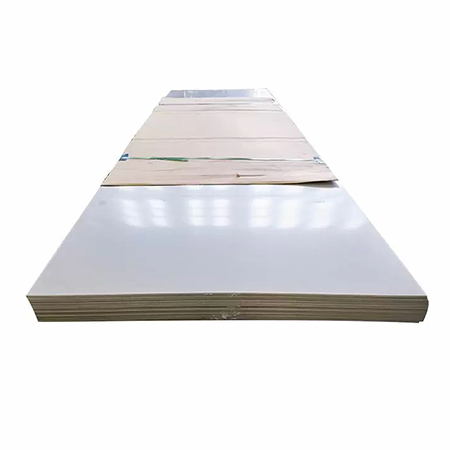
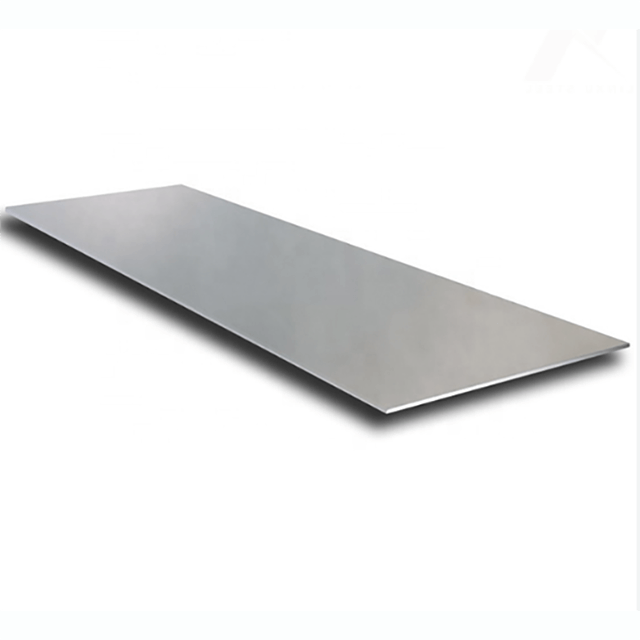
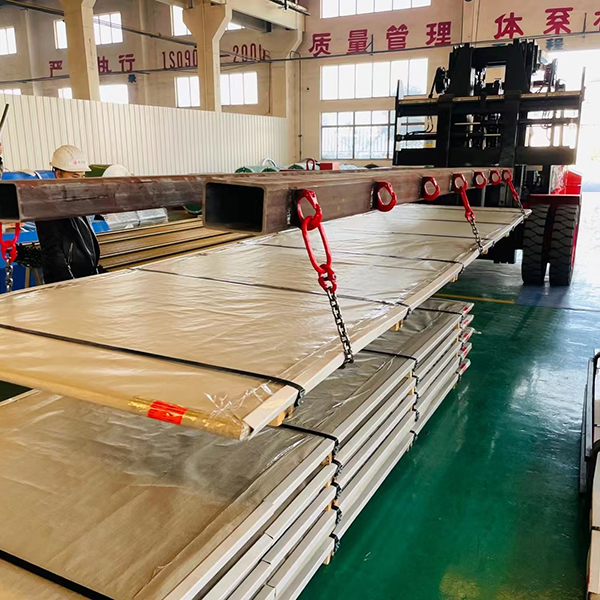
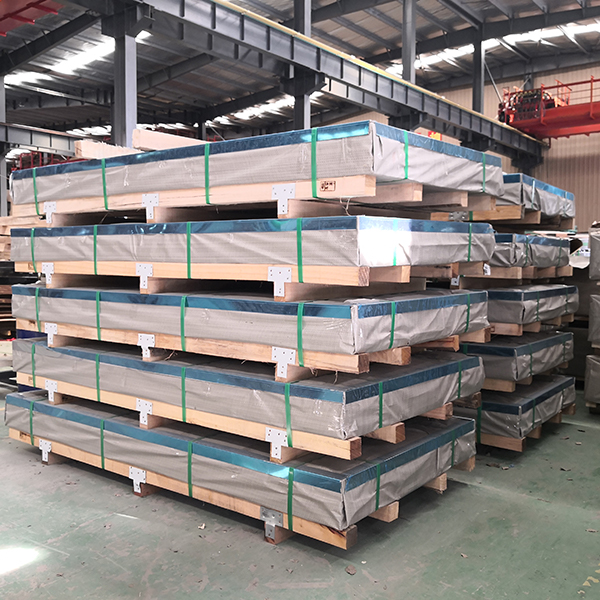

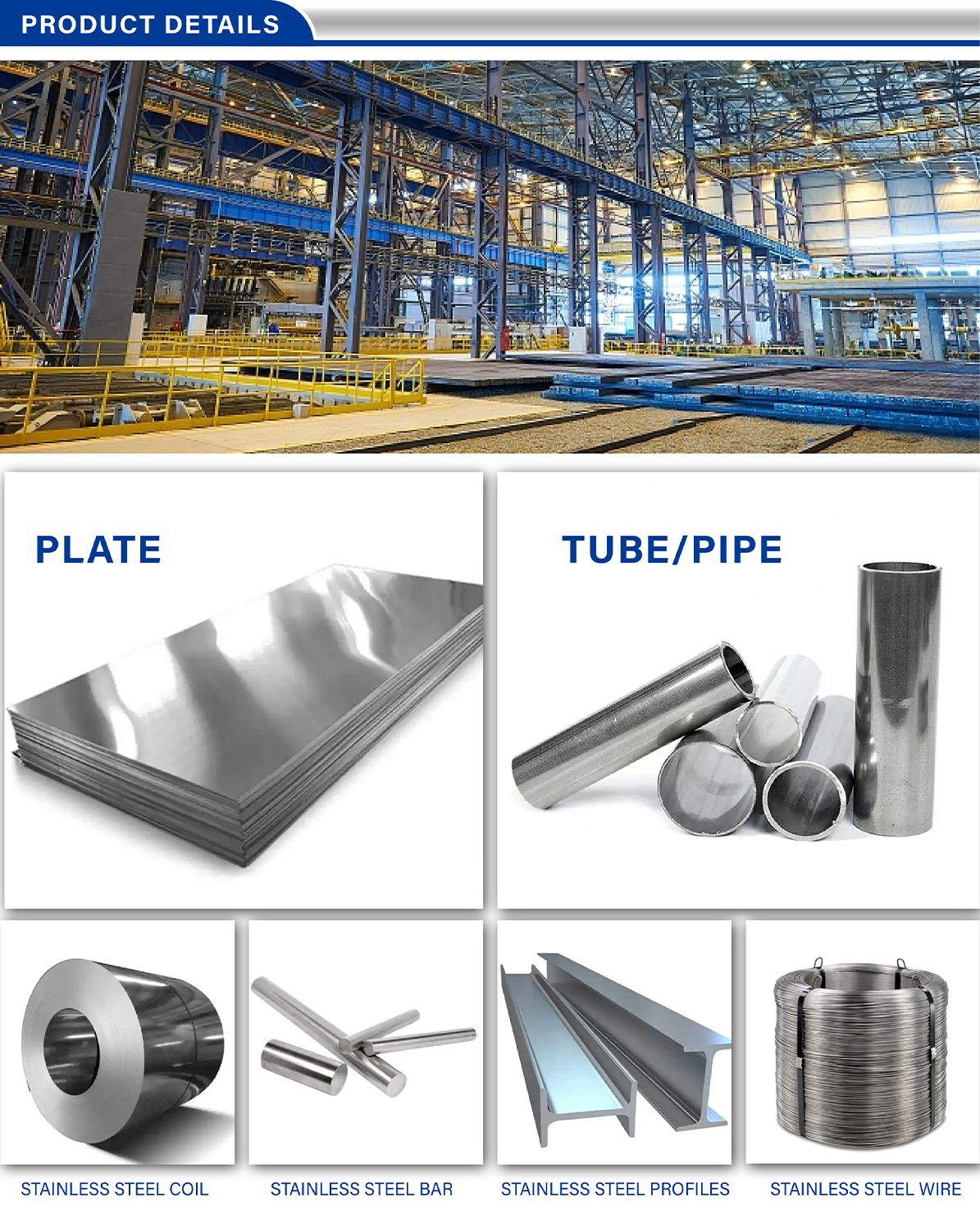
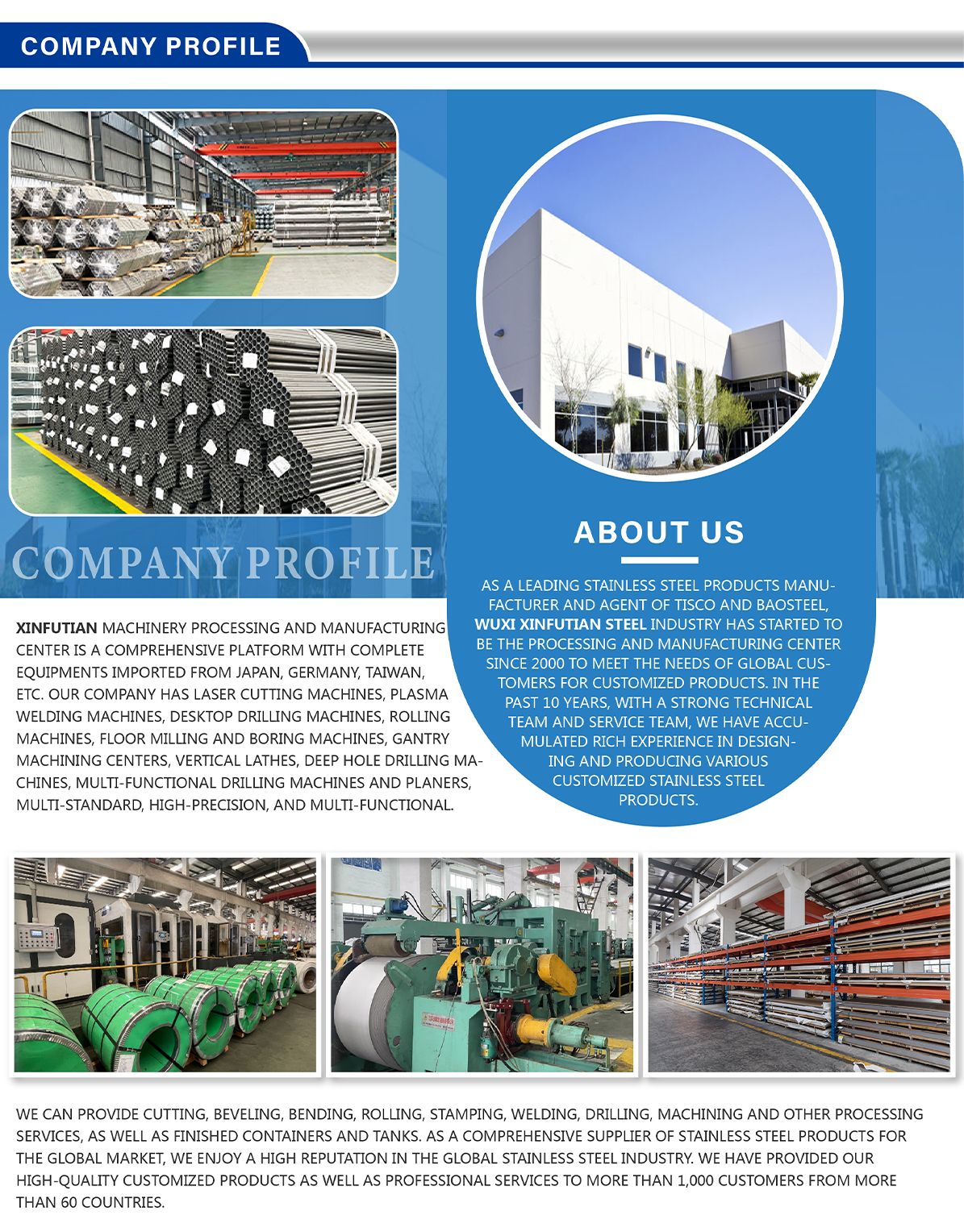
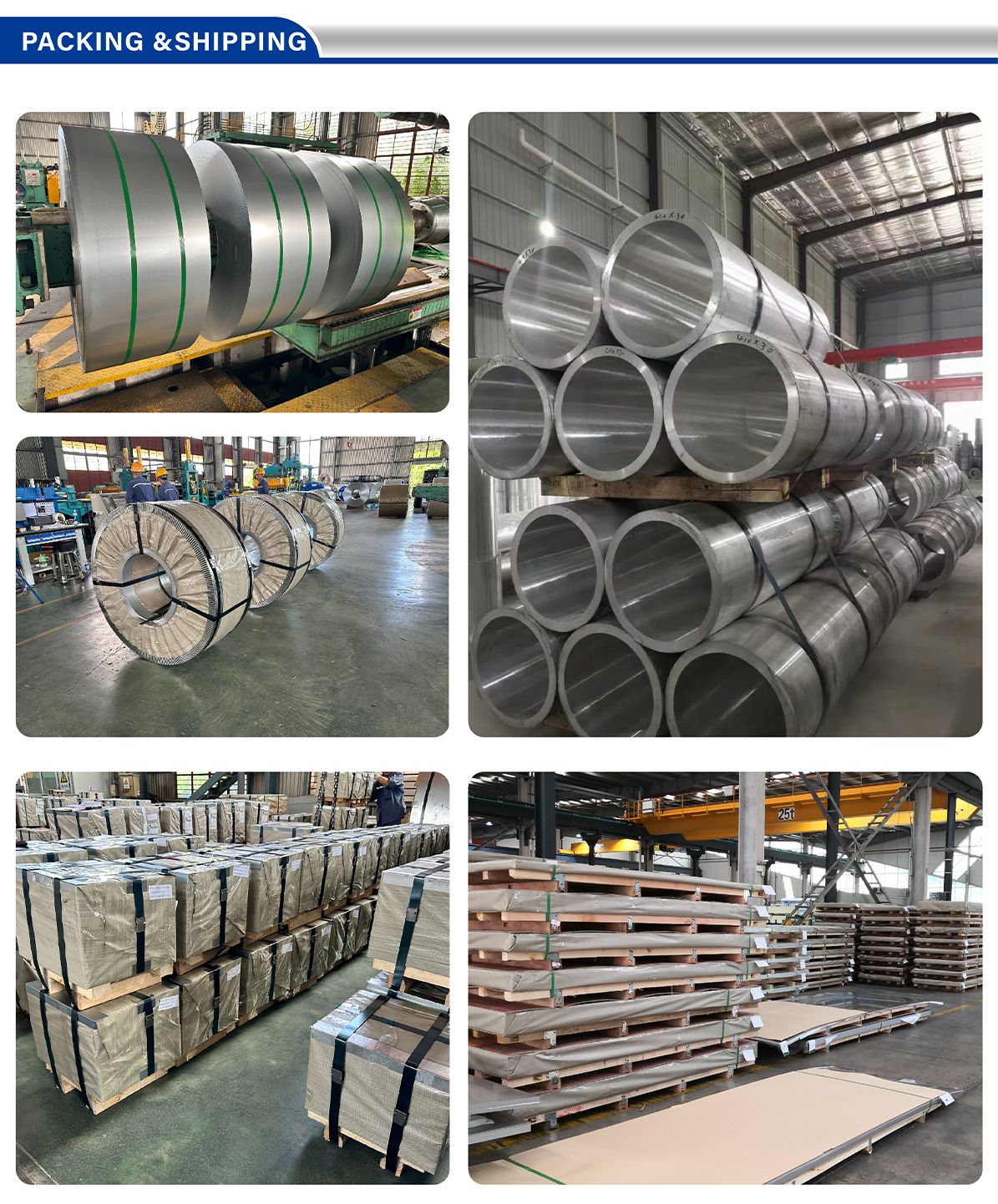
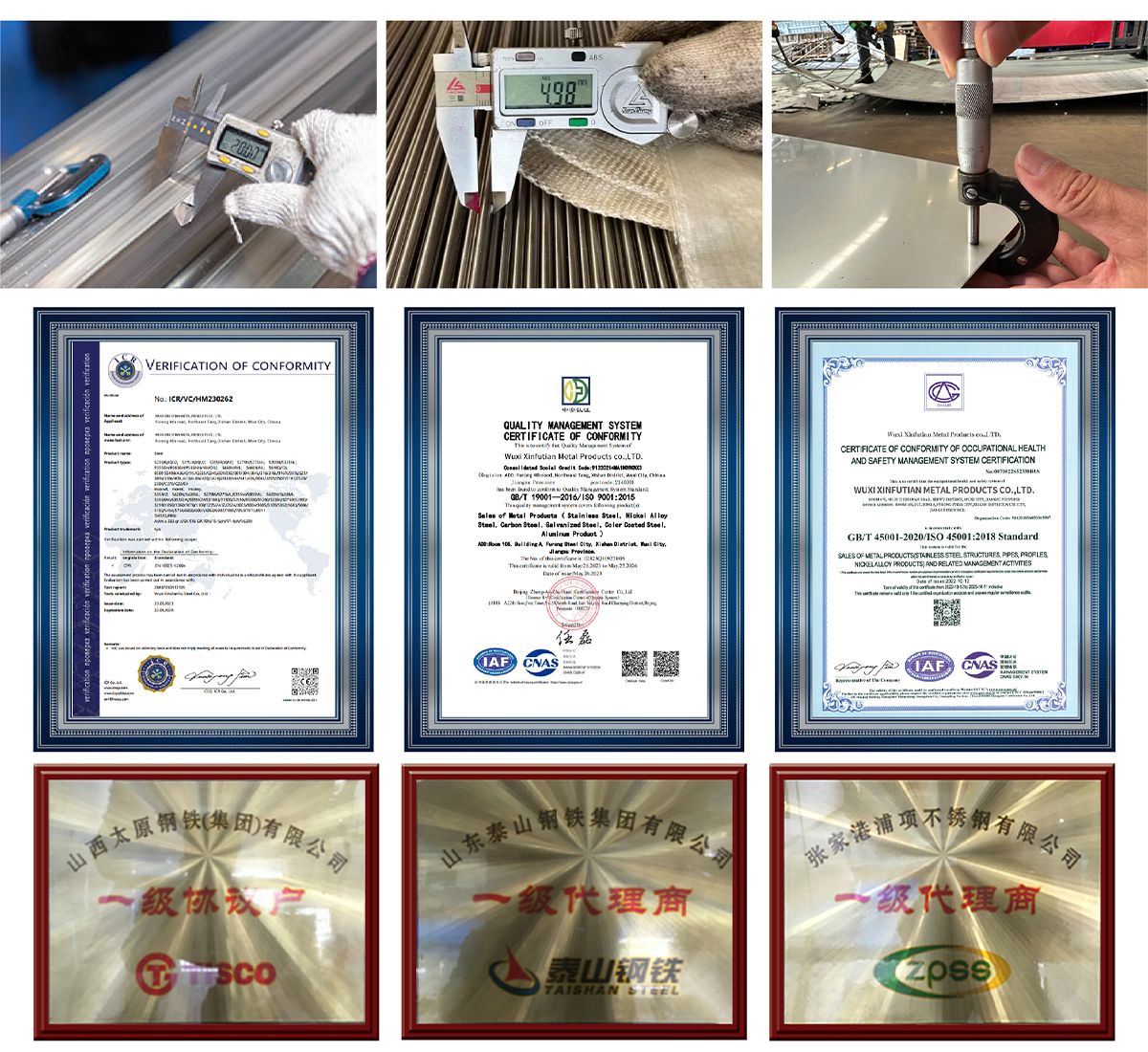


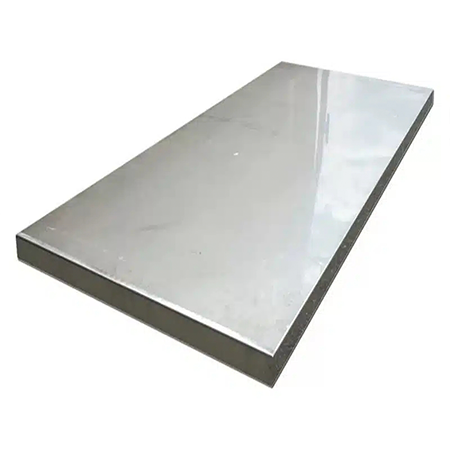 ALLOY 24 ( UNS S34565 / EN 1.4565 ) Stainless Steel
ALLOY 24 ( UNS S34565 / EN 1.4565 ) Stainless Steel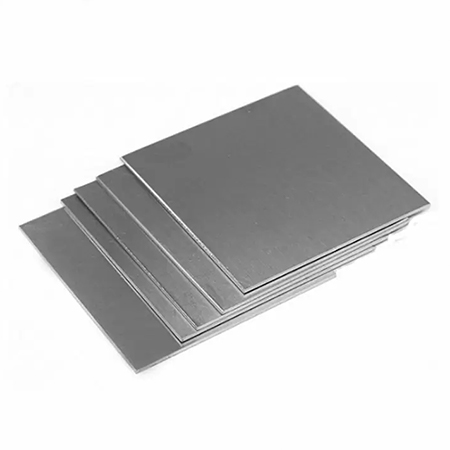 AISI 444 Stainless Steel | EN 1.4521 Stainless Steel
AISI 444 Stainless Steel | EN 1.4521 Stainless Steel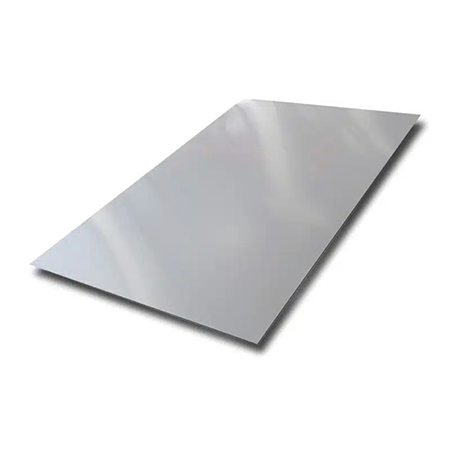 UNS N08020 | Carpenter 20 CB3 Stainless Steel
UNS N08020 | Carpenter 20 CB3 Stainless Steel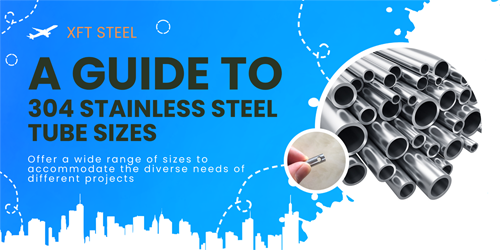 A Guide to 304 Stainless Steel Tube Sizes
A Guide to 304 Stainless Steel Tube Sizes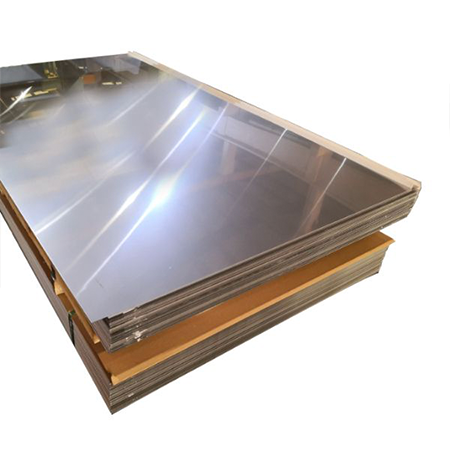 ASTM / AISI 321H / EN 1.4878
ASTM / AISI 321H / EN 1.4878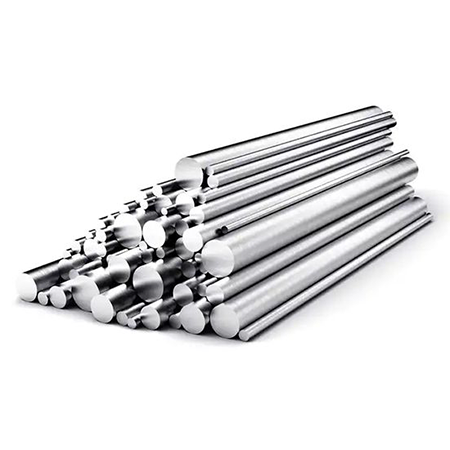 Super Duplex UNS S32750 / EN 1.4410
Super Duplex UNS S32750 / EN 1.4410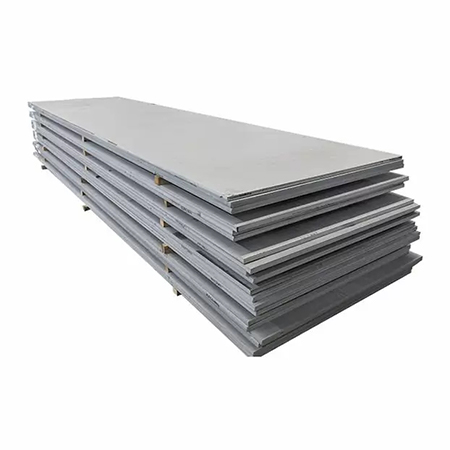 Martensitic Stainless Steel X39CrMo17-1 / 1.4122
Martensitic Stainless Steel X39CrMo17-1 / 1.4122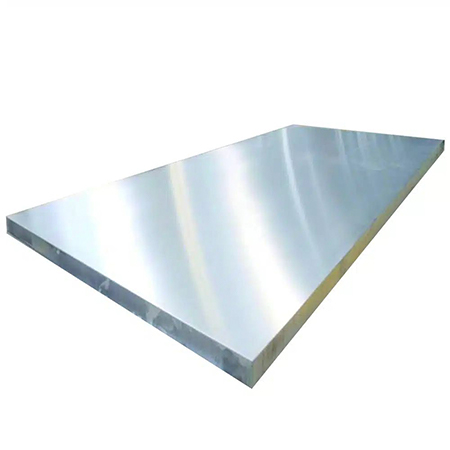 ASTM 304L ( EN 1.4307 ) Stainless Steel
ASTM 304L ( EN 1.4307 ) Stainless Steel